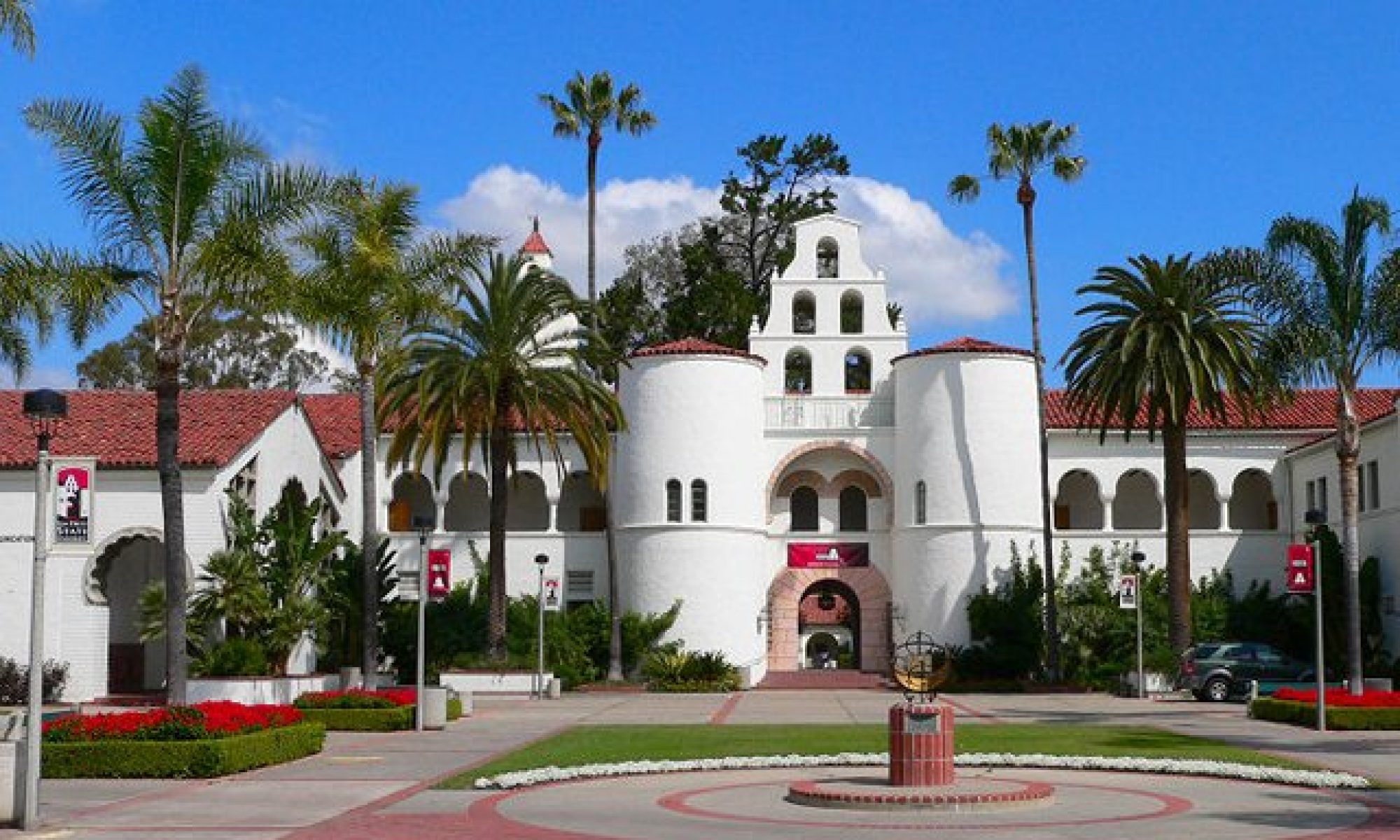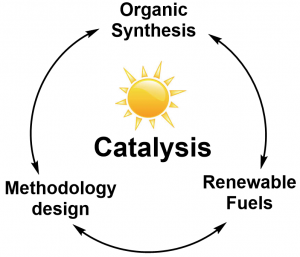
Yan lab explores sustainable catalytic methodology for chemical synthesis, with a focus on affordable drug design and development. The goal of Yan Lab in the Department of Chemistry and Biochemistry at SDSU is to leverage the energy, creativity, and diversity of our students and place them at the forefront of Chemical Research and its integration with two far-separated areas, Renewable Energy and Human Health. To achieve this goal, we aim to advance the knowledge of catalysis and create novel materials that can harness renewable solar energy for challenging chemical reactions. So far, we have successfully exploited solar cell materials to catalyze basic chemical transformations while producing renewable hydrogen fuels and distinctive chemical bonds for organic synthesis. Currently, we are concentrating on a new bold initiative to capture renewable solar energy for bio-relevant life-saving pharmaceutic drug design and development, addressing the long-term catalytic challenges in asymmetric organic synthesis, akin to what nature does in the photosynthesis systems that support all life on Earth. Our focus is to advance the fundamental understanding of perovskite catalysis, particularly chiral perovskite materials towards their spin-related charge transfer, asymmetric organic transformation, chiral-induced spin selectivity and hot-carrier for catalysis. Overall, the Yan lab is looking forward to more forthcoming imperative research outcomes integrating Chemical Catalysis with Renewable Energy and Human Health.
.
1, Solar drugs: Photocatalytic organic synthesis and Pharmaceutical drug development
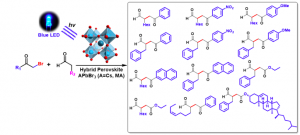
Carbon-carbon (C-C) bond formation is one of the most fundamental transformations in organic synthesis. Nature is capable of storing solar energy in chemical bonds via photosynthesis. The photoconversion process involves a series of C-C bond forming photoredox catalytic reactions starting from CO2 and light. Cost-effective and efficient photocatalysis are highly desirable in chemical synthesis. Our group is focusing on applying state-of-the-art solar cell materials towards highly-efficient photocatalytic organic reactions.
2, Solar Fuels: Renewable Energy capture and conversion
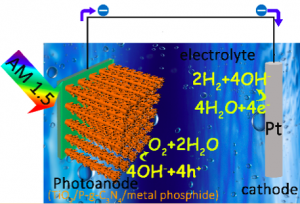
We are also exploring photoelectrocatalytic dinitrogen reduction, carbon dioxides reduction and water splitting. Our group concentrates on new catalysts development for new photocatalytic reactions exploration, renewable energy capture and storage, and sustainable industrial feedstock production from small molecules (small organic molecules, dinitrogen, carbon dioxides, water). The catalytic materials include, but not limited to, organometallic molecular catalysts, quantum dots, and other photocatalytic semiconductors.
3, Fundamental understanding of the photocatalytic process
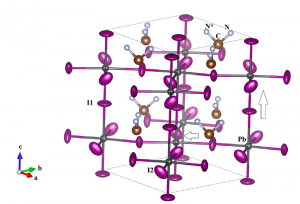
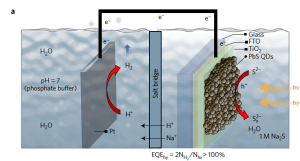
Fundamental structural analysis is crucial to understand the photocatalytic reactions. Our lab also focuses on the photophysical and photochemical mechanistic understanding of the catalytic system.
